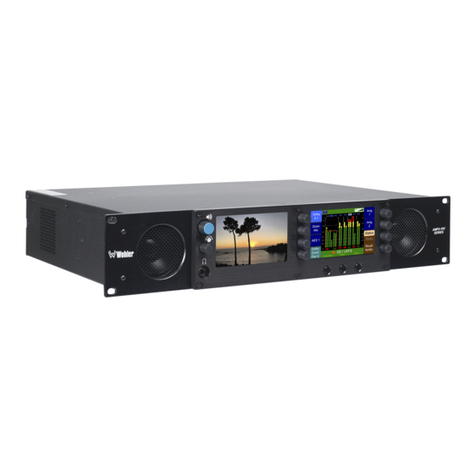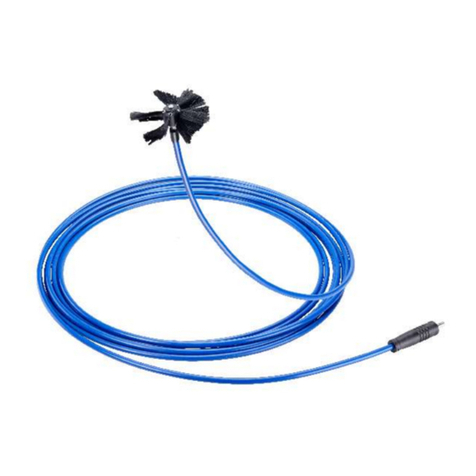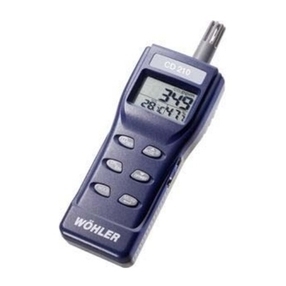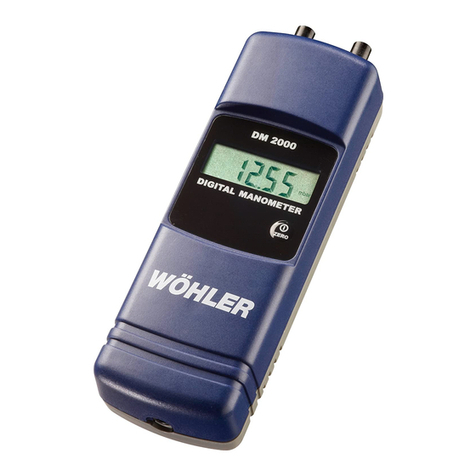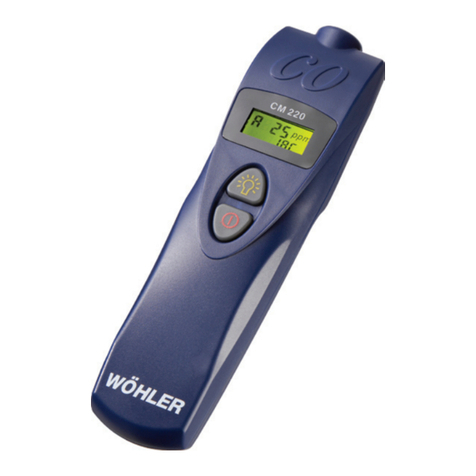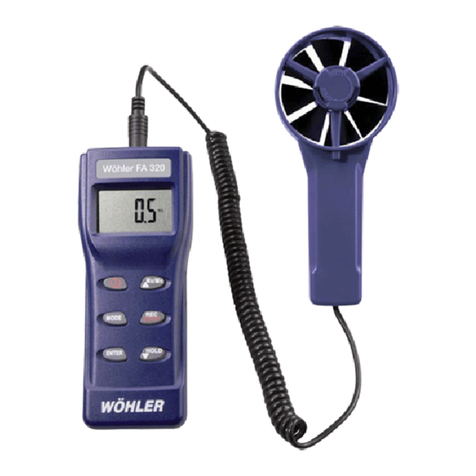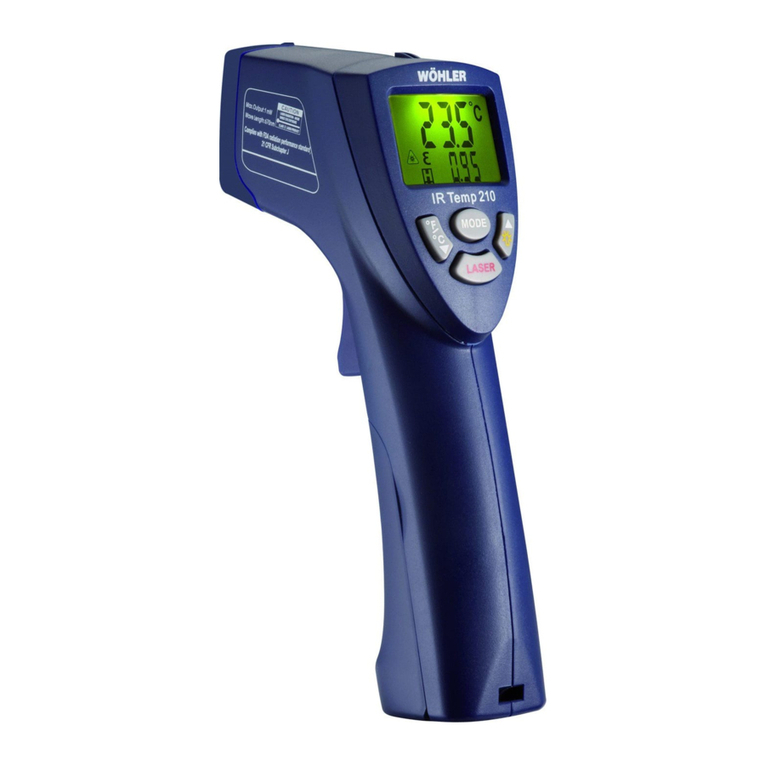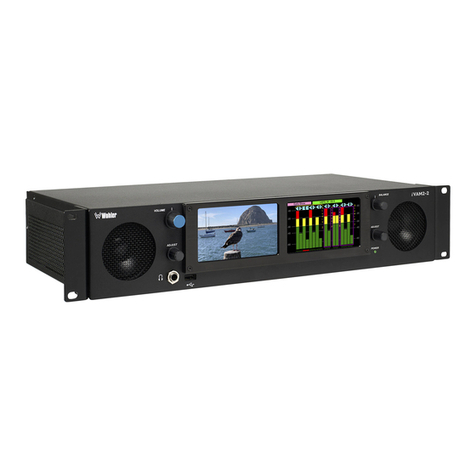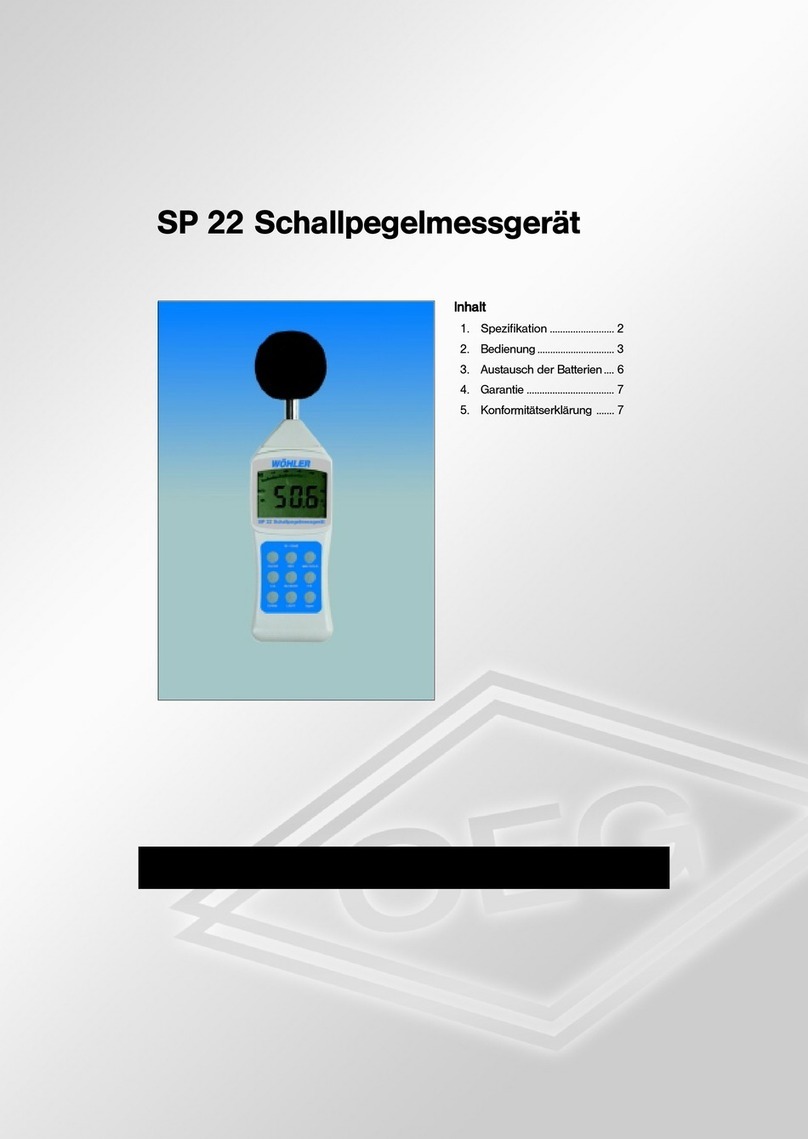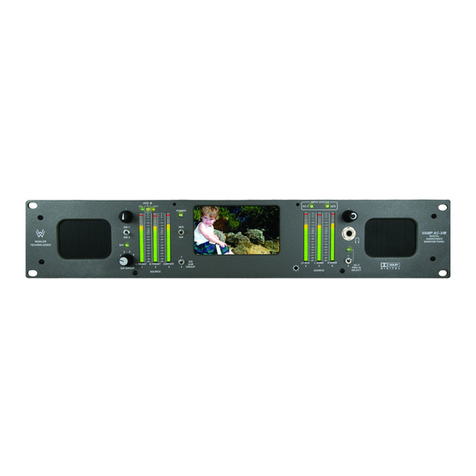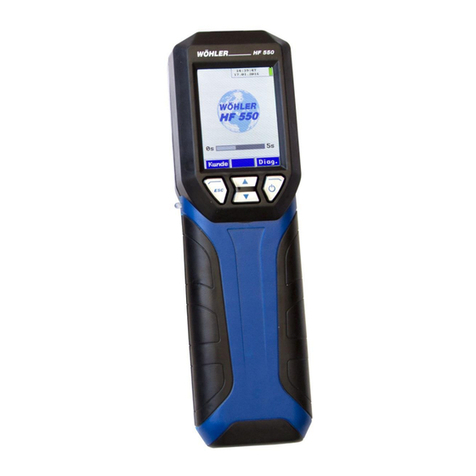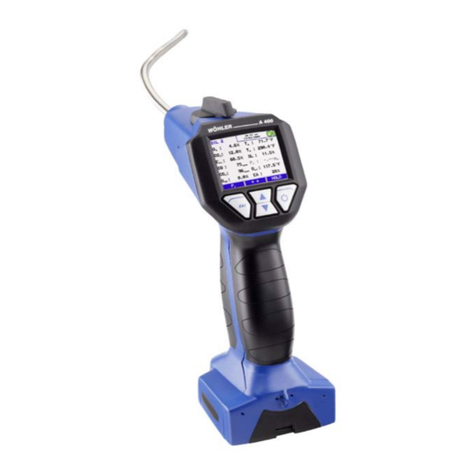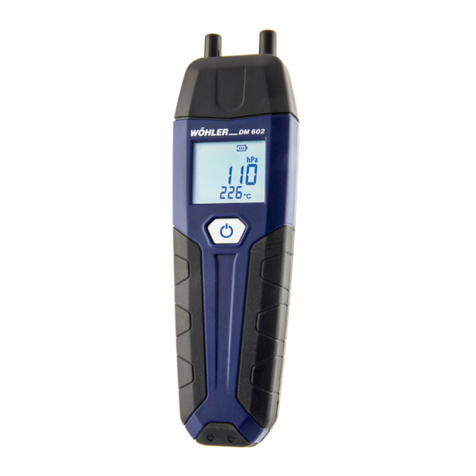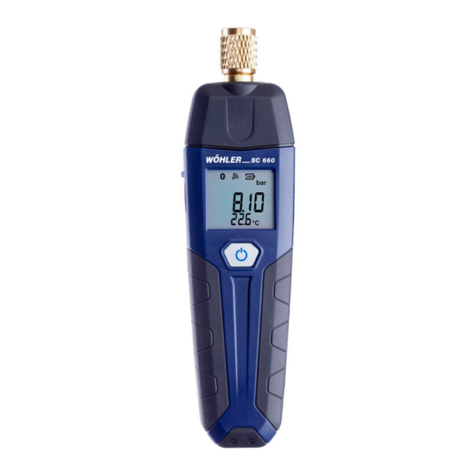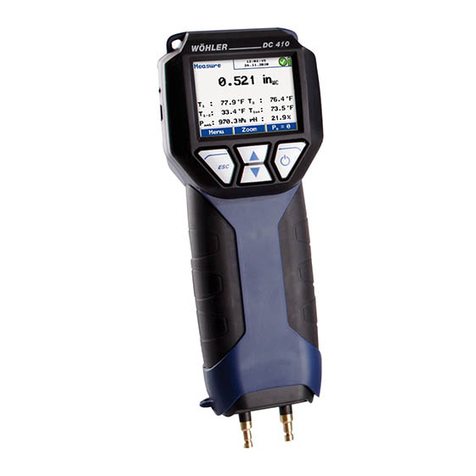1. 2 Application
The Pressure Computer DC 2000PRO is a high-precision multifunctional meter
for registering differential pressures, flow rates, temperatures, and humidities
(optional). From the basic version on, this device exhibits an extremely wide
dynamic range that not only takes highly sensitive measurements of mini-
mum draughts and gas pressures in the pascal range, but also lets the user
measure leakage rates and examine sealing properties for main assessments
as per DVGW-TRGI and conduct measurements for load tests during pre-
assessments. A maximum measuring range of 2 bar and a rupture pressure
of 3 bar also provide for adequate safety at higher pressure ranges. During all
measurements the user is guided by plaintext instructions on the display.
This device, which can store all measured values in a logger, can also be
used for measurements of (ambient) climates. This is made possible by a
temperature sensor also integrated as standard in addition to the pressure
sensor. Optionally, the range of applications can be expanded with an exter-
nal temperature sensor. Depending on the selected scan rate, all measured
values can be logged for several years and transferred to a PC via the inte-
grated IrDA interface. Measurement records can be sent to a thermal printer
for printouts with the company logo. If needed, continuous IrDA transfer can
be activated in the Setup menu so that during measurements all four mea-
sured values (pressure, external and internal temperature, and humidity) and
their respective channel numbers are transferred to a PC every second.
The extremely low current consumption is made possible by an all-new pro-
cessor technology that automatically and dynamically adapts the power draw
to the measuring task. Also the mode with the maximum current consumption
(6 mA) runs continuously for over 300 hours on two standard AA batteries (2
Ah). In logger mode the device can run on the same batteries and without
memory overflow for several years when the scan rate between two measure-
ments is 4 h (4680 measurements x 4 h). The pressure meter can be used on
both gaseous media (air or inert gas) and liquids, e.g. water or fuel oil. In this
case, it is important to observe that remains of liquid at the pressure connec-
tions can falsify the result of the following gas measurement. Therefore, the
device should no longer be used on gaseous media, after it has been used to
measure liquids.
The processor’s arithmetic and logic unit (ALU) can perform simple operations
on the measured values so that, for example, the leakage rate is automatically
displayed in l/h or the flow rate measured with a Prandtl’s tube in m/s.
The German association for safety inspections on gas leak meters, TÜV SÜD
Industrie Service zur Gasleckmengenmessung has certified and approved the
DC 2000PRO in accordance with the new DVGW requirements under VP 952
for low-pressure gas lines complying with DVGW worksheets G 600 and G
624. (DVGW-Certificate DG-4805BQ0012)
1. Specifications
